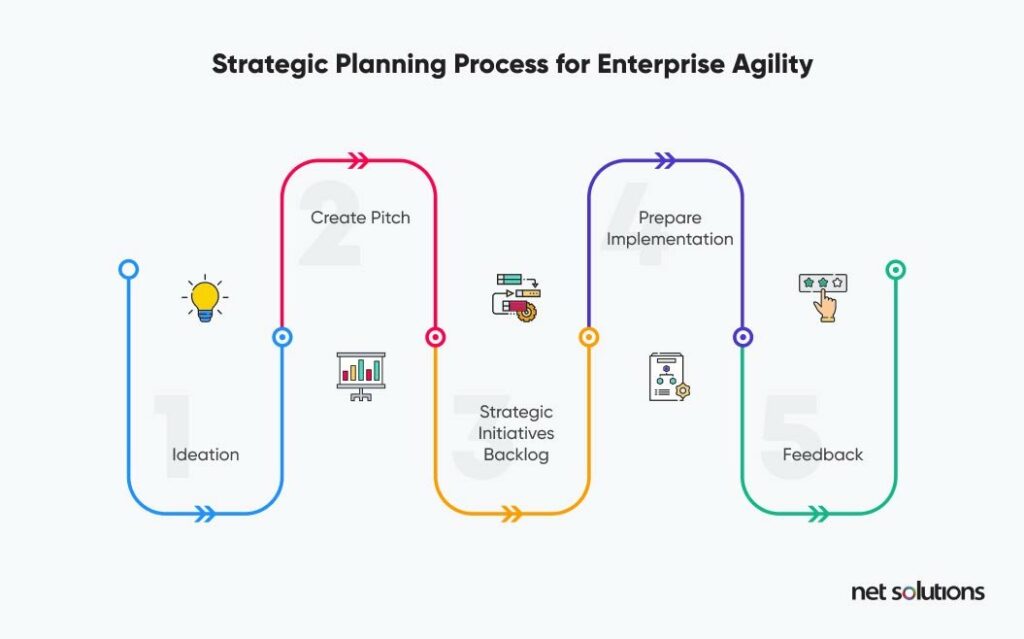Organizations and publishers confront similar challenges when it comes to modernizing their content operations digitally. First and foremost, understanding where to begin when adopting your Digital transformation strategy can be daunting, and replacing present systems, technical services, and procedures that have undoubtedly been in place for many years is difficult. Furthermore, the existence of legacy technologies and outdated business practices makes persuasion more difficult.
Top ways to accelerate digital transformation
Mentioned hereunder are the top ways to accelerate your digital transformation:

1. Organize your enterprise workflow:
To digitally transform your business operations is not to pull out and replace all existing systems and procedures that, in the case of many long-standing organizations, have been built over many years of effort. Beginning with organizing your enterprise workflow is the first step towards speeding technological change.
Apart from making the system run more evenly, it likewise makes the digital revolution less intimidating, which is one of the main reasons why companies do not favour digital transformation in the first place.
2. Entitle cross-team and cross-department functionality:
Another most indispensable way to accelerate your digital transformation is to entitle cross-team and cross-department functionality. For any team manager, fostering cross-team and cross-department functionality means executing a robust centralized work management platform that presents an indispensable foundation for this kind of discernibility.
In addition, many firms become stuck in their digital transformation path because they already have several separate systems, channels, and procedures in place.
This is when cross-team and cross-department functionality can help companies bring existing and new solutions in one location, taking into account the entire business while relieving companies of difficulties and expensive transformation processes.
3. Interconnect your systems through computer:
To begin your digital transformation strategy, you’ve moved or linked all of your current systems. To support long-term transformation and growth, teams must now guarantee that they can embed their own business rules and computers into this system. You may develop content through your publication process and use what feels appropriate for different groups’ needs. This way, regardless of department, geographic location, team, or system preferences, businesses remain centralized and can continue utilizing the tools that work best for them.
4. Empower your team to work their way:
The idea of adaptability likewise pertains to team workflows, which tend to be unprecedented for everyone. Every team structures its workflows differently, according to size, leadership formation, a mix of skills, project administration methodologies, etc. Hence, whatever solution you prefer must remain customizable to every workflow.
5. Embrace the security in your system:
A digital transformation is never a one-time event. Also, to remain up-to-date with changing times, constant transformation is a must. Apart from embracing a digital transformation strategy, it is crucial to embrace high-level security in your system.
This will ensure there is no threat of data theft, and you can readily manage your system architecture without losing control. If you think security is your primary concern, you can take the help of Domaincer to take care of the digital transformation strategy.
Digital transformation can be a complicated task for business units and IT departments. However, using solutions to automate analytics and testing, business process discovery, blurring the lines between business and IT, and building a centre of distinction can accelerate this transformation.

